In the vast and sometimes unpredictable expanse of the sea, marine safety is paramount. Whether it’s guiding vessels through rough waters or marking hazardous areas, navigation lights and buoys serve as critical tools to ensure safe passage. Among the most innovative solutions in this domain are solar-powered navigation lights and buoys. These sustainable technologies not only enhance safety but also offer a host of practical advantages for marine operators.
The Importance of Solar Navigation Lights and Buoys
Marine navigation lights and buoys have long been relied upon to help sailors and boaters avoid accidents, particularly in low-visibility conditions such as fog, night-time, or inclement weather. Traditionally, these systems have been powered by batteries or mains electricity, requiring frequent maintenance and replacement. However, solar-powered systems offer significant improvements:
- Sustainability :- Solar-powered lights and buoys reduce reliance on batteries or electricity grids, which can be costly and environmentally damaging. With renewable energy from the sun, these systems provide a greener and more sustainable solution.
- Reliability :- Solar lights and buoys function autonomously, requiring little human intervention. They charge during the day and illuminate the night, ensuring continuous operation, even in remote or off-grid locations.
- Cost-Effectiveness :- By reducing or eliminating the need for regular battery replacements and electrical connections, solar-powered systems help save on maintenance costs, making them an economical choice in the long term.
- Visibility and Safety :- Solar-powered lights are designed to be highly visible, making it easier for mariners to navigate safely. Whether marking a lighthouse, a shipping lane, or a dangerous reef, these lights provide a reliable visual cue for vessels.
Installation and Maintenance Tips for Solar Navigation Lights and Buoys
Proper installation and maintenance are crucial for the efficiency and longevity of solar-powered navigation lights and buoys. Here are some key considerations to keep in mind:
Installation
- Optimal Location :- Ensure that the installation site receives ample sunlight during the day. For solar-powered lights, this means choosing a location that is not obstructed by nearby buildings, trees, or other structures that may cast shadows.
- Secure Mounting :- Both solar lights and buoys should be securely anchored or mounted to prevent shifting due to strong winds or waves. For buoys, this typically involves using robust materials like GRP (Glass Reinforced Plastic) that can withstand the marine environment.
- Angle of Solar Panel :- For maximum efficiency, the solar panel should be installed at an angle that optimizes exposure to sunlight. The exact angle will depend on the geographical location and the time of year.
- Quality of Equipment :- Use high-quality solar panels, batteries, and lighting systems designed specifically for marine environments. Marine-grade equipment is built to resist corrosion and is durable enough to handle harsh saltwater conditions.
Maintenance
- Regular Cleaning :- Solar panels can accumulate dirt, algae, or saltwater residue, reducing their efficiency. Regular cleaning is necessary to ensure optimal energy absorption. Clean the panels with a soft cloth and mild detergent to avoid scratches.
- Check Battery Condition :- While solar lights and buoys generally have long-lasting batteries, it’s essential to inspect them periodically for any signs of damage or wear. Replacing batteries at regular intervals will prevent power failure during critical times.
- Inspect for Damage :- The harsh marine environment can cause wear and tear over time. Inspect the lights, buoys, and mounting systems regularly for signs of corrosion, cracks, or other damage. Prompt repairs will prevent safety hazards.
- Monitor Performance :- Ensure the system is functioning as intended by periodically testing the lights and checking the buoy’s stability. Make sure the solar panel is charging properly and that the light’s brightness remains consistent.
Conclusion
Solar-powered navigation lights and buoys are a crucial part of modern marine safety. With their ability to offer consistent illumination, reduce environmental impact, and lower operational costs, they provide a sustainable solution to keep maritime travel safe and efficient. By ensuring proper installation and ongoing maintenance, marine operators can rely on these systems to help guide vessels through even the most challenging waters.
Whether you’re managing a fleet or maintaining navigation systems at ports and harbors, embracing solar technology not only makes good environmental sense—it’s also a smart investment for long-term marine safety.


